Service hotline
+86 0755-83975897
Release date:2025-05-21Author source:KinghelmViews:25
Behind the integration of communication, entertainment, office, and other functions in smartphones, mobile phone connectors play a crucial role. These seemingly tiny components serve as bridges for interconnection between internal components and data interaction with external devices. From charging and data transmission to audio playback, and from camera connections to antenna signal transmission, different types of mobile phone connectors each have their specific roles. This article will deeply analyze common types of mobile phone connectors and their core functions, taking you on an exploration of the connection mysteries behind the efficient operation of smartphones.
1. Charging and Data Transfer Connectors
USB Type-C is the most mainstream charging and data transmission interface in modern smartphones, offering advantages such as thinness, reversible plugging, and high-speed transmission. It features an oval shape with symmetrical pins on both sides of the port, supporting USB 3.1 or even USB 4 protocols, with data transfer speeds of up to 40 Gbps, enabling fast transmission and backup of large files. In terms of charging, USB Type-C supports the PD (Power Delivery) fast-charging protocol, capable of delivering over 100W of power output, significantly reducing charging time. Additionally, it has a video output function, allowing users to cast phone screens to displays, TVs, and other devices via adapters, meeting multi-scenario usage needs.
Lightning is a proprietary connector for Apple devices. Since its introduction in 2012, it has gradually replaced the 30-pin interface as the standard port for iPhones, iPads, and other devices. It is compact and reversible, facilitating user operation. The Lightning interface supports fast charging and data transmission for Apple devices and also handles audio output. After iPhone 7 and later models removed the 3.5mm headphone jack, users need to use Lightning-to-headphone adapters or Lightning-connected earphones for audio playback. Furthermore, Apple ensures compatibility and safety of third-party accessories through the MFi (Made for iPhone/iPad/iPod) certification program.
Although gradually replaced by USB Type-C, Micro-USB is still used in some entry-level smartphones, smart wearables, and older devices. The Micro-USB interface is flat and has a clear front-back distinction, typically operating at USB 2.0 speeds (480 Mbps) with relatively low charging power, commonly 5V/1A or 5V/2A. Due to its mature technology and low cost, it still has a market in devices with low requirements for charging and transmission speeds.
The 3.5mm headphone jack was once the most universal audio interface for smartphones. Shaped like a circle, it contains three or four metal contacts responsible for transmitting left and right audio channels, ground, and microphone signals. It is compatible with most audio devices such as headphones and speakers, allowing users to directly plug in headphones for music, video, or voice calls. However, with the trend toward thinner and waterproof smartphones, many flagship models have eliminated the 3.5mm jack, shifting to USB Type-C or Bluetooth for audio functions.
Bluetooth technology is increasingly used in mobile audio. As a wireless connector, it enables short-range wireless communication between smartphones and devices like Bluetooth headphones and speakers. Bluetooth connectors support protocols such as A2DP (Advanced Audio Distribution Profile) for high-quality audio transmission. Some high-end Bluetooth headphones even support high-fidelity codecs like aptX and LDAC, delivering sound quality close to wired headphones. Additionally, Bluetooth connectors enable audio interaction between smartphones and devices like smartwatches and car stereos, enhancing user convenience.
Mobile camera modules are typically connected to the mainboard via FPC connectors. These connectors are thin and bendable, adapting to the compact internal space of smartphones. They link the camera's image sensor to the mainboard through flexible circuit boards, enabling high-speed transmission of image data. As smartphone camera pixels increase and functions become more complex (e.g., optical image stabilization, multi-lens switching), FPC connectors need higher transmission speeds and stability to ensure clear and smooth captured images.
In some high-end multi-camera modules, board-to-board connectors are used between different camera chips and circuit boards. These connectors enable vertical electrical connections, offering small size and excellent transmission performance. Through board-to-board connectors, multiple cameras can work together to achieve functions like zoom and depth control, providing users with superior photography experiences.
RF coaxial connectors are used to connect mobile phone antennas to RF circuits, serving as key components for ensuring signal transmission. Composed of an inner conductor, insulating medium, and outer conductor, they effectively reduce signal loss and interference during transmission, ensuring stable signals for calls, internet access, navigation, and other scenarios. With the popularization of 5G technology, RF coaxial connectors face higher performance requirements, needing to support higher frequency bands and wider bandwidths to meet high-speed data transmission needs.
Spring pin connectors are another common antenna connection method, achieving electrical connections through tight contact between metal springs and antenna contacts. These connectors are simple in structure, low in cost, and easy to install, widely used in mid-to-low-end smartphones. However, compared to RF coaxial connectors, they offer slightly weaker signal stability and anti-interference capabilities, with limitations in scenarios requiring high signal quality.
Battery connectors link mobile phone batteries to the mainboard, responsible for power transmission and battery information feedback. They typically use plug-in or spring-contact structures, with good electrical conductivity and mechanical stability to ensure safe and stable power supply from the battery to the phone. Meanwhile, battery connectors transmit data such as battery level and temperature, enabling the phone system to manage power and ensure safety.
Smartphones are equipped with various sensors (e.g., accelerometers, gyroscopes, light sensors), which are connected to the mainboard via sensor connectors. These connectors require high precision and low power consumption to accurately transmit data collected by sensors, supporting functions like gravity sensing, automatic brightness adjustment, and facial recognition.
Although small, mobile phone connectors play an irreplaceable role in realizing smartphone functions and performance. From charging and data transmission to audio playback, image capture, and signal reception, different connectors work together to form an efficient internal connection network in smartphones. With the continuous development of technologies like 5G, artificial intelligence, and foldable screens, smartphones have higher requirements for connector performance, size, and integration. In the future, mobile phone connectors will continue to evolve toward miniaturization, high-speed operation, and multi-functional integration, providing a solid foundation for smartphone innovation. Whether you are an electronics enthusiast or an industry professional, understanding the types and functions of mobile phone connectors helps deepen your understanding of smartphone operation principles and grasp industry technology trends.
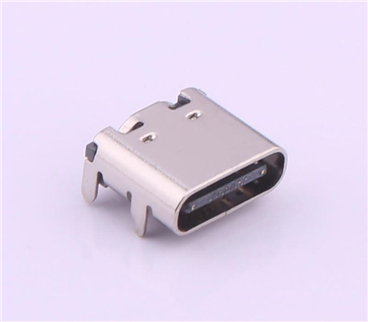
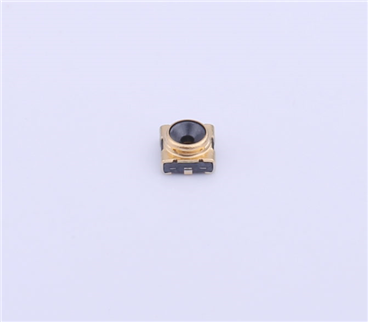
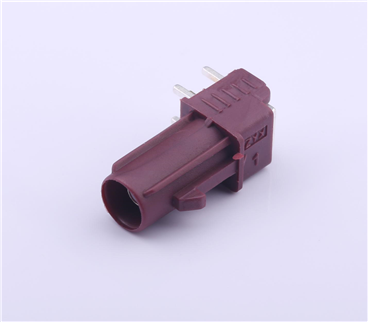
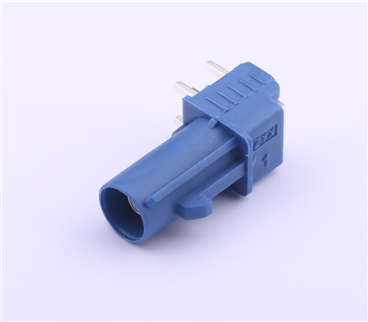
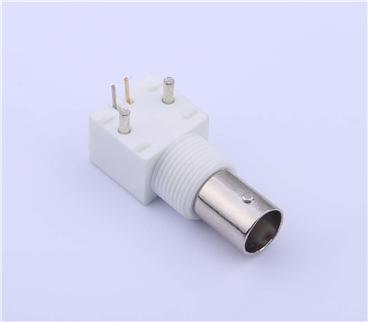
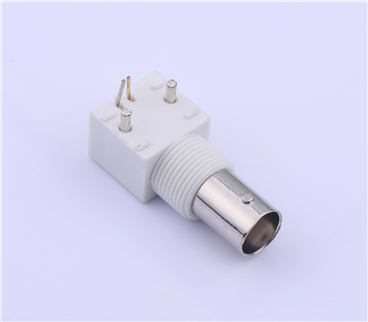
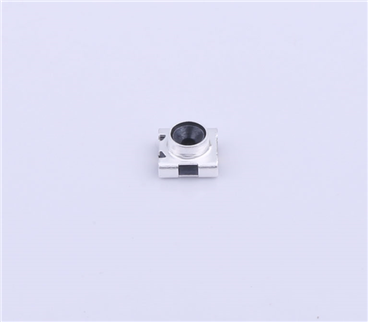

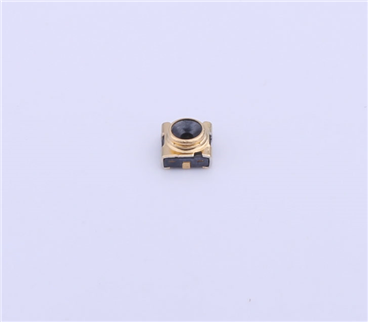
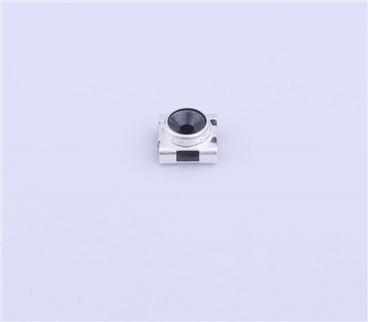
Copyright © Shenzhen Kinghelm Electronics Co., Ltd. all rights reservedYue ICP Bei No. 17113853